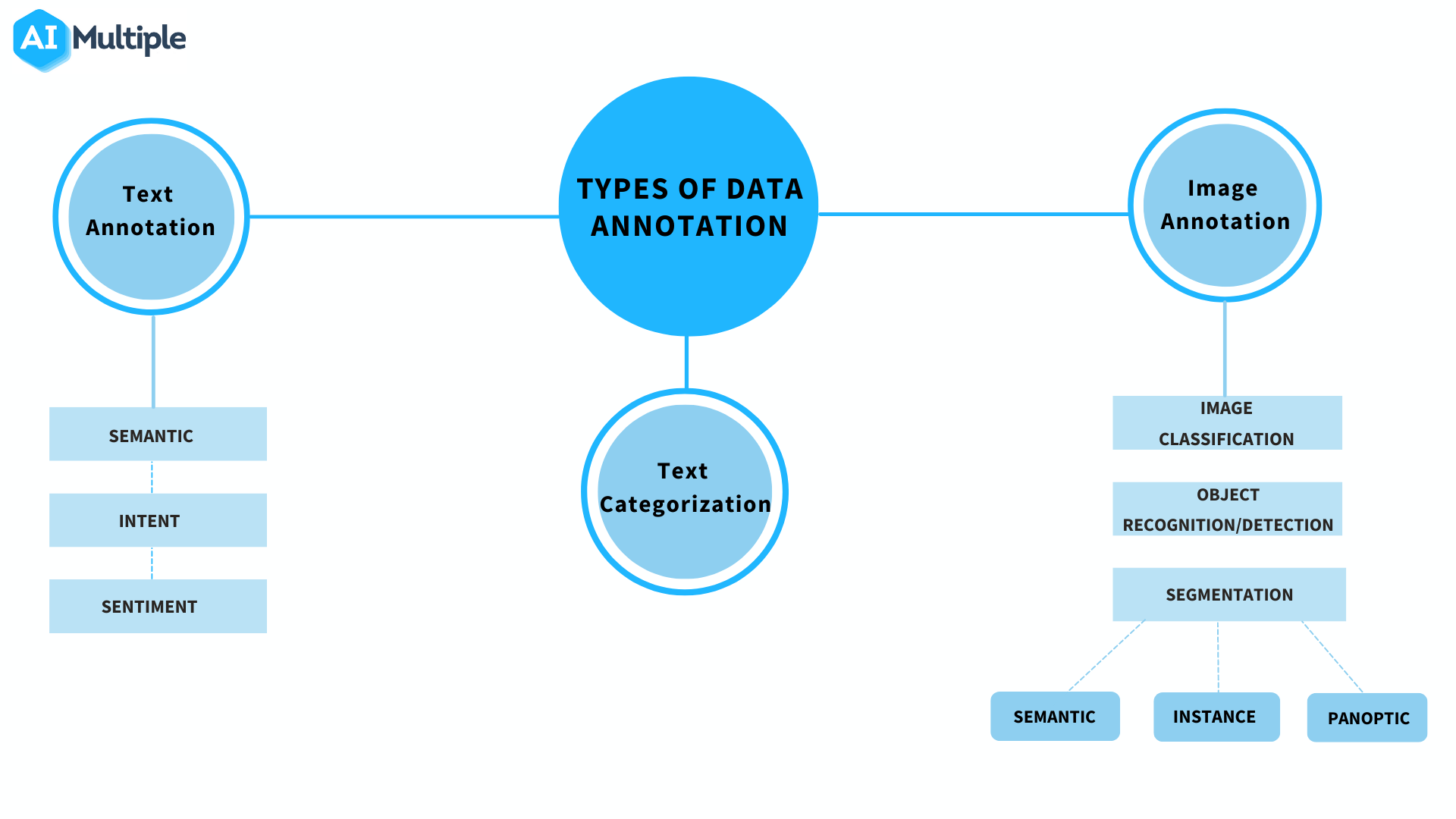Understanding Text Annotation
Text annotation is a powerful technique that involves highlighting, underlining, or making notes in the margins of a text to provide additional context or insights. It encourages active reading by requiring the reader to engage with the material rather than passively absorbing it. By annotating texts, readers can improve their comprehension, retention, and critical thinking skills. This practice is particularly beneficial for students, researchers, and anyone looking to analyze complex material in a deeper way.
Enhancing Comprehension Through Annotation
One of the most significant benefits of text annotation is its ability to enhance comprehension. When a reader annotates a text, they are forced to pay attention to details, key ideas, and patterns within the content. This focused interaction helps the reader better understand the core concepts, making it easier to recall information later. Highlighting main points and adding marginal notes allows the reader to digest and break down information into manageable chunks, which aids in better retention and understanding of the material.
Critical Thinking and Reflection
Text annotation encourages critical thinking and reflection. As readers annotate, they often question the content, challenge assumptions, and make connections to prior knowledge or other texts. This process of inquiry fosters deeper intellectual engagement with the material. By marking up a text with questions, comments, or ideas for further exploration, readers can form a more thoughtful and nuanced perspective on the topic, which enriches their overall learning experience.
Collaboration and Sharing Ideas
In educational and professional settings, text annotation can also promote collaboration and the sharing of ideas. Digital annotation tools, for example, allow multiple people to annotate the same document simultaneously. This creates opportunities for group discussions and collective understanding. When learners annotate together, they can see different interpretations and insights, helping to expand their perspectives and facilitate group learning. Collaborative annotation can be especially helpful in academic settings, where complex texts require diverse viewpoints and collective analysis.
Practical Applications in Various Fields
Text annotation is not only beneficial in academic environments but also has practical applications in a variety of fields. In business, annotating reports, memos, and proposals allows professionals to highlight important data, track key points, and add comments for team collaboration. In the realm of law, annotating legal documents can help lawyers identify significant clauses, make sense of complicated language, and prepare arguments. Similarly, in the creative arts, annotating scripts or manuscripts aids writers in organizing their thoughts, developing characters, and refining narratives. The versatility of text annotation across different disciplines makes it an invaluable tool for effective communication and problem-solving.
